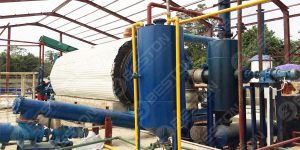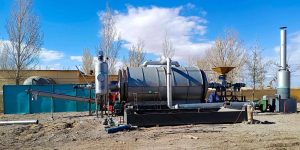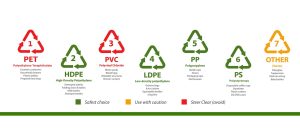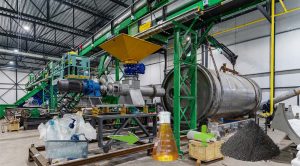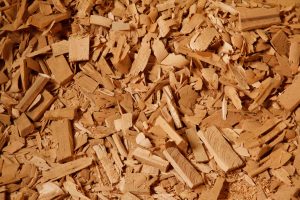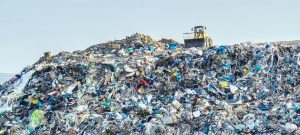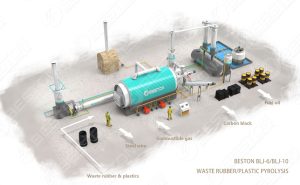In the realm of waste management and resource recovery, the pyrolysis machine stands as a technological marvel, capable of turning discarded materials into valuable products through the magic of pyrolysis. From a pyrolysis plant to the intricate pyrolysis machinery and pyrolysis equipment, these machines play a pivotal role in addressing environmental challenges and unlocking the potential for a sustainable future. Let’s embark on a journey to explore the world of pyrolysis technology and its applications.
The Foundation: Pyrolysis Fundamentals
At the heart of the pyrolysis machine lies the concept of pyrolysis. This process involves the thermal decomposition of organic materials in the absence of oxygen, resulting in the conversion of these materials into valuable products. The key to this transformation is temperature, which dictates the final output of the pyrolysis process.
The cornerstone of any pyrolysis plant or pyrolysis machine is the pyrolysis reactor. Within this vessel, organic materials undergo the process of pyrolysis, with temperatures typically ranging from 300°C to 800°C. The reactor’s design and efficiency significantly impact the yield and quality of the end products.
The Art of Waste Conversion
Feedstock Variety
One of the remarkable features of the pyrolysis machine is its versatility when it comes to feedstock. It can handle a wide range of materials, including plastics, tires, biomass, and even municipal solid waste. The ability to process diverse feedstock streams makes it a valuable asset in tackling various waste challenges.
Pyrolysis Oil and Syngas
The transformational power of the pyrolysis rubber/plastic/tyre to oil plant manifests in the products it yields:
Pyrolysis Oil: Also known as bio-oil, this is a valuable liquid product with applications in heating, electricity generation, and even as a feedstock for chemical processes.
Syngas: A gaseous mixture rich in hydrogen and carbon monoxide, syngas can be used as a clean fuel or further processed for the production of hydrogen and other chemicals.
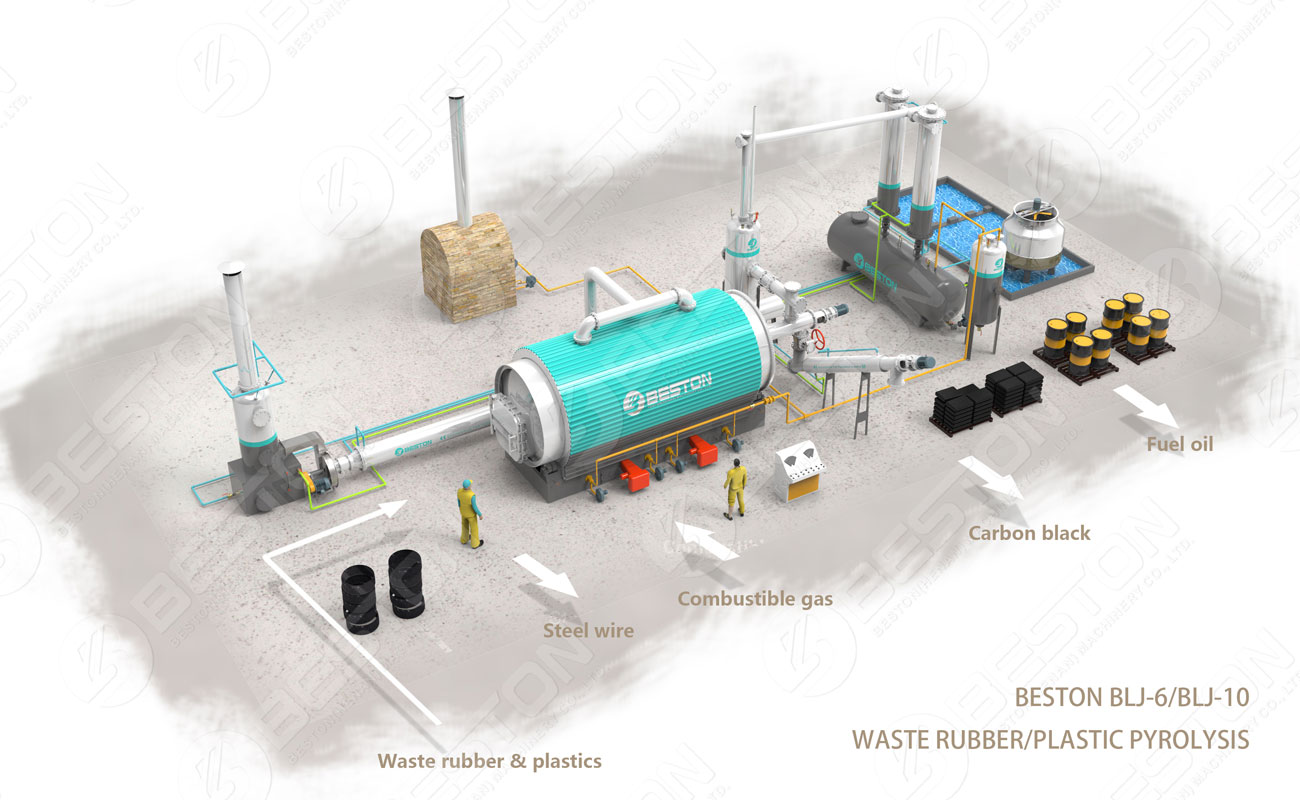
Applications Across Industries
The versatility of the pyrolysis machine extends its reach across multiple industries, making it a pivotal player in the quest for sustainable practices.
Renewable Energy
The production of pyrolysis oil and syngas through pyrolysis holds promise in the renewable energy sector. These products can be used as clean-burning fuels or as feedstocks for renewable energy production.
Waste Management
In the realm of waste management, the oil sludge/rubber/tyre/plastic pyrolysis plant plays a vital role in reducing the volume of waste materials and mitigating environmental impact. It transforms waste into valuable resources while minimizing landfill disposal.
Carbon Sequestration
Biochar, a byproduct of pyrolysis, has gained recognition for its ability to improve soil quality and sequester carbon. Its application in agriculture contributes to sustainable farming practices and carbon reduction.
Finding the Right Fit: Pyrolysis Plant for Sale
For those seeking to venture into the world of pyrolysis technology, the availability of pyrolysis plants for sale offers a compelling opportunity. However, choosing the right plant is a decision that requires careful consideration of several factors.
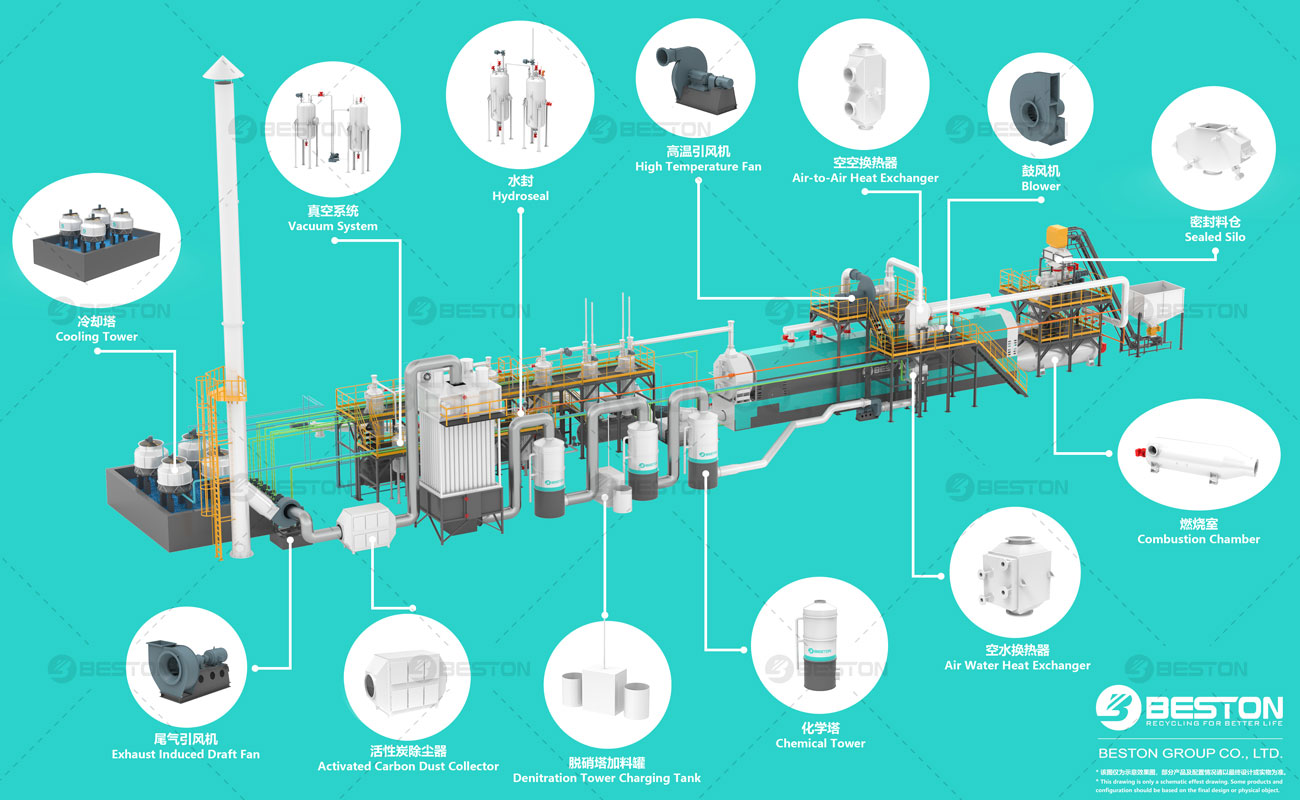
Scale and Capacity
The scale of operations and desired production capacity dictate the choice of a pyrolysis plant. Whether it’s a small-scale unit for localized waste management or a large-scale facility for industrial applications, selecting the appropriate size is essential.
Feedstock Specificity
Different continuous tyre pyrolysis plant is designed to handle specific feedstock types. Some are tailored for tire recycling, while others excel in processing plastics or biomass. Ensuring compatibility between the chosen plant and the intended feedstock is crucial.
Emission Control
Environmental regulations require pyrolysis equipment to adhere to emission standards. Assess the emission control systems integrated into the plant to ensure compliance with local environmental laws.
Automation and Efficiency
Modern plastic pyrolysis machinery often incorporates advanced automation and control systems. These features enhance operational efficiency, reduce labor requirements, and improve safety.
Cost and Return on Investment (ROI)
Evaluating the cost of the pyrolysis plant and estimating the potential ROI is a crucial aspect of the decision-making process. Consider both the initial investment and the long-term benefits, including revenue from product sales and cost savings in waste disposal.
